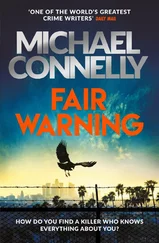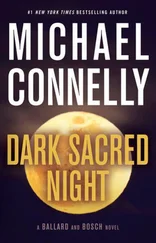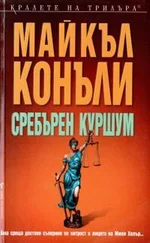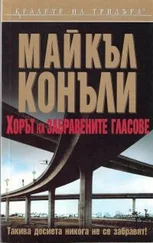The process begins with the judge weeding out jurors who have conflicts of schedule, can’t sit in judgment of others, or can’t grasp the meaning of legal tenets like reasonable doubt. It then moves to the lawyers, who may question jurors further to determine if they should be dismissed for cause—reasons of bias or background. The prosecution and defense are also given an equal number of peremptory challenges allowing them to dismiss jurors for unstated reasons. And that is where gut instinct most often comes into play.
All of this must be synthesized into decisions about whom to keep in and whom to kick out. That is the art—to finally arrive at a panel of twelve people you believe will be open to your cause. I fully admit that there is an advantage to the defense in that it has to win the belief of only one juror to be successful—one doubter of the state’s case. One holdout for the defense can hang a jury and force the state to start over, or even reconsider whether to go forward with a second trial at all. The state must win all twelve hearts and minds to get a conviction. Still, the state’s advantages beyond this one are so enormous as to make the defense’s jury advantage negligible. But you take what you are given, and therefore jury selection has always been sacred to me, made all the more so this time because I was the defendant.
It was 2 p.m. and the judge was expecting—no, demanding—that a jury be empaneled by the close of court in three hours. I could push it into the next day, because the judge ultimately wouldn’t want to enforce a demand that was potentially reversible on appeal. But if I did force the issue, there would be consequences down the line in terms of rulings from the bench.
Besides that, I was down to my last peremptory challenge and I knew there was no way I would be able to milk it for three more hours. We would fill the box before the courtroom went dark and the prosecution in the murder of Sam Scales would begin in the morning.
The good news was that the panel was largely set with jurors who I believed ranged on the defense meter from yellow—the middle ground—to deep green for pro-defense. Because of long-embedded and rightful distrust of police in minority communities, Black and brown jurors were always prized by the defense because they tended to view the testimony of police officers with suspicion. I had managed to keep four African Americans and two Latinas on the panel, fending off Dana Berg’s efforts to jettison the Blacks in particular. When one Black panelist revealed under questioning that she had once made a donation to the local Black Lives Matter organization, Berg first asked for the woman to be dismissed for cause. Making the request to an African-American judge took a certain level of courage, but it also underlined Berg’s singular purpose in convicting me. When the judge denied the motion, the prosecutor then attempted to use a peremptory challenge. That was when I swung in with an objection that the move was based on race, a clear exception to the rules of peremptory challenges. The judge agreed and the juror was seated. The ruling put Berg on notice in regard to future efforts to sculpt the jury along racial lines but then allowed me to do just that.
It was a big win for the defense but the last round of challenges had left three new faces in the box and I had just one peremptory. All three were white—two women and one man. And this was where my extraordinary juror profiling came into play. Early the morning before, Cisco had posted himself in the First Street garage, where jurors were directed to park. At that point, a few hundred potential jurors had been summoned for jury duty. Cisco had no way of knowing who would end up on my panel but he took note of character-defining aspects of the people arriving: things like make and model of cars, registrations, bumper stickers, interior contents, and so on. A person driving a Mercedes SL is going to have a different worldview from someone driving a Toyota Prius.
Sometimes you want the Mercedes on the jury. Sometimes you want the Prius.
After the first morning session with the hundred people called for the panel in my case, Cisco went back to the garage at lunchtime and then again at the end of the day. By his fourth time in the garage on Wednesday morning, he was recognizing people assigned to my case and building intel on many of them.
When court was back in session, he returned from the garage, sat in the gallery, and communicated what he knew about each potential juror to my co-counsel. I wasn’t alone at the table but I wasn’t with Jennifer Aronson either. My new co-counsel was Maggie McPherson. She had taken a leave of absence from the District Attorney’s Office and answered my distress call. I could think of no one better to be sitting next to as I faced the most difficult challenge of my life.
You never want to use your last peremptory, because you never know who will take the seat of the potential juror you just dismissed. You could clear the way for a new face that is a prosecutor’s dream, and you are left with nothing with which to stop it. So you always hold back the last peremptory for emergency circumstances only. I learned this the hard way as a baby lawyer when I was defending a man accused of assaulting a police officer and resisting arrest. I felt sure that the assault charge was bogus, an add-on by the arresting officer because of personal animosity. The officer was white and my client Black. During jury selection I gambled with my last peremptory to kick out a potential juror who was yellow on my meter. There were still several African Americans in the courtroom pool waiting to be randomly called to the box. I figured my chances were almost fifty-fifty that one of them would get the call to take the open seat for questioning. The move paid off. A Black woman was called, but under questioning she revealed that she was the daughter of a retired law enforcement officer who had served in the Sheriff’s Department for thirty-two years. I questioned her at length, trying to elicit an answer that would get her bumped for cause, but she maintained her stance that she could view the case impartially. The judge denied my request to dismiss her, so there I was, with a cop’s daughter on my assault-on-a-police-officer jury and no peremptory to change it. My client went down on all charges and spent a year in a county detention center for a crime I believed he had not committed.
I followed my usual routine for charting and tracking jurors through the selection process. A plain manila file folder was open flat on the defense table. I had drawn what I called the ice-cube tray across both flaps: a long rectangle divided into fourteen squares for the jury of twelve and two alternates. Each cube was two inches square—the size of a small Post-it Note. I wrote the salient thoughts and details about each prospective juror in the cube numbered for the jury box seat the candidate occupied. As jurors were dismissed and new people took the seats, I used Post-its to cover the no-longer-needed details and start again. Charting everything on the file folder allowed me to flip it closed if inquiring eyes wandered over from the prosecution table.
The prosecution got to question the new additions to the panel first. And while Berg went through her routine questions, Maggie and I checked the texts coming to her laptop from Cisco, who had to disguise what he was doing because no one but the attorneys on the case was allowed to use electronic devices in the courtroom. Cisco hid his phone from the courtroom deputies by keeping it down on the bench next to one of his massive thighs.
To protect the anonymity of the jury in a criminal case, the prospective jurors were referred to by numbers given to them when they checked in at the jury coordination center on the first floor. Cisco’s texts did the same.
Читать дальше
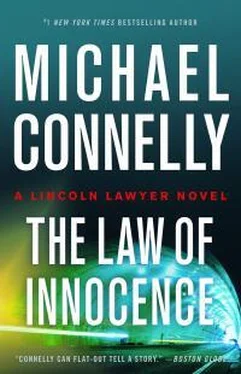
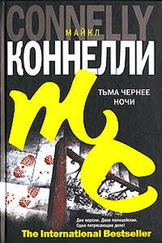


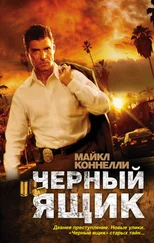
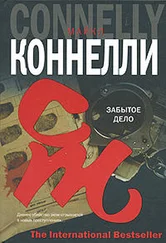

![Майкл Коннелли - Christmas Even [Short story]](/books/390532/majkl-konnelli-christmas-even-short-story-thumb.webp)
